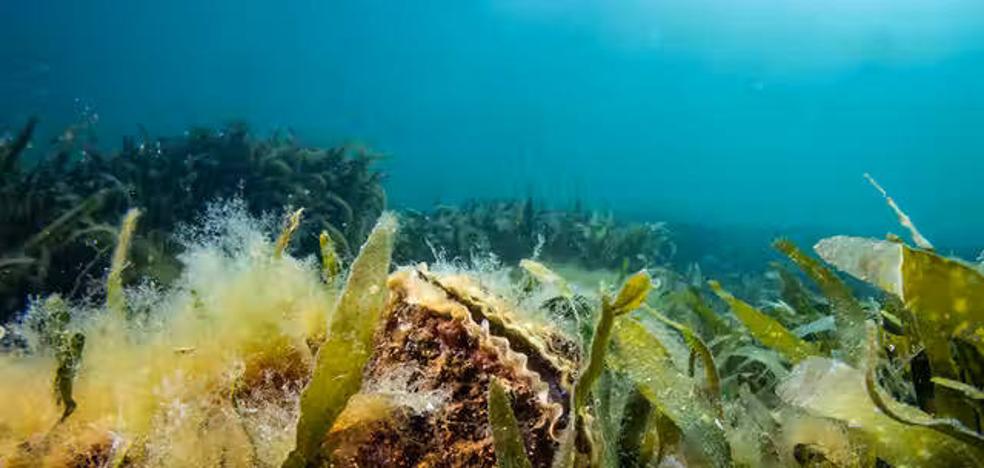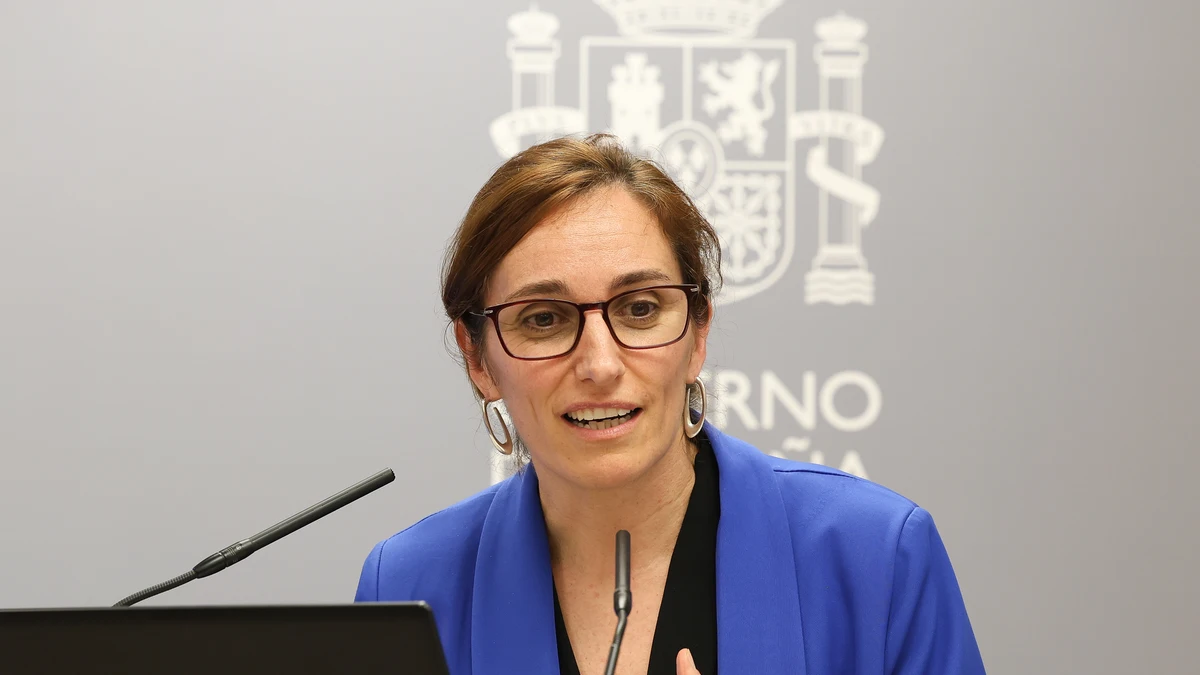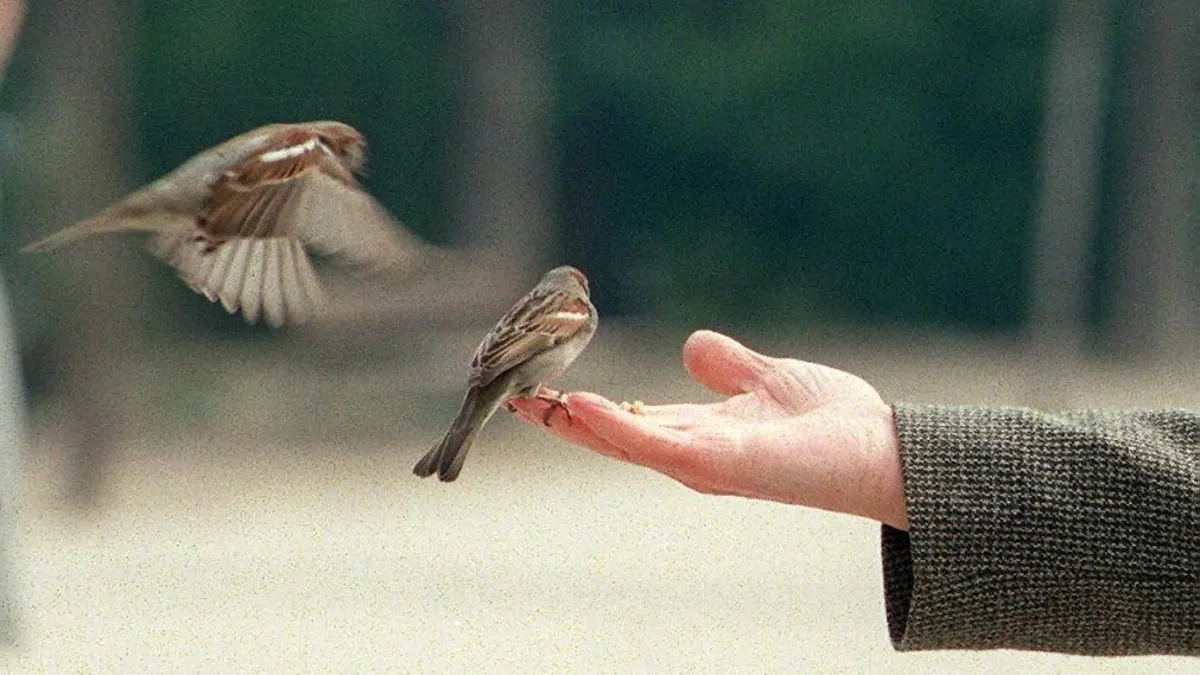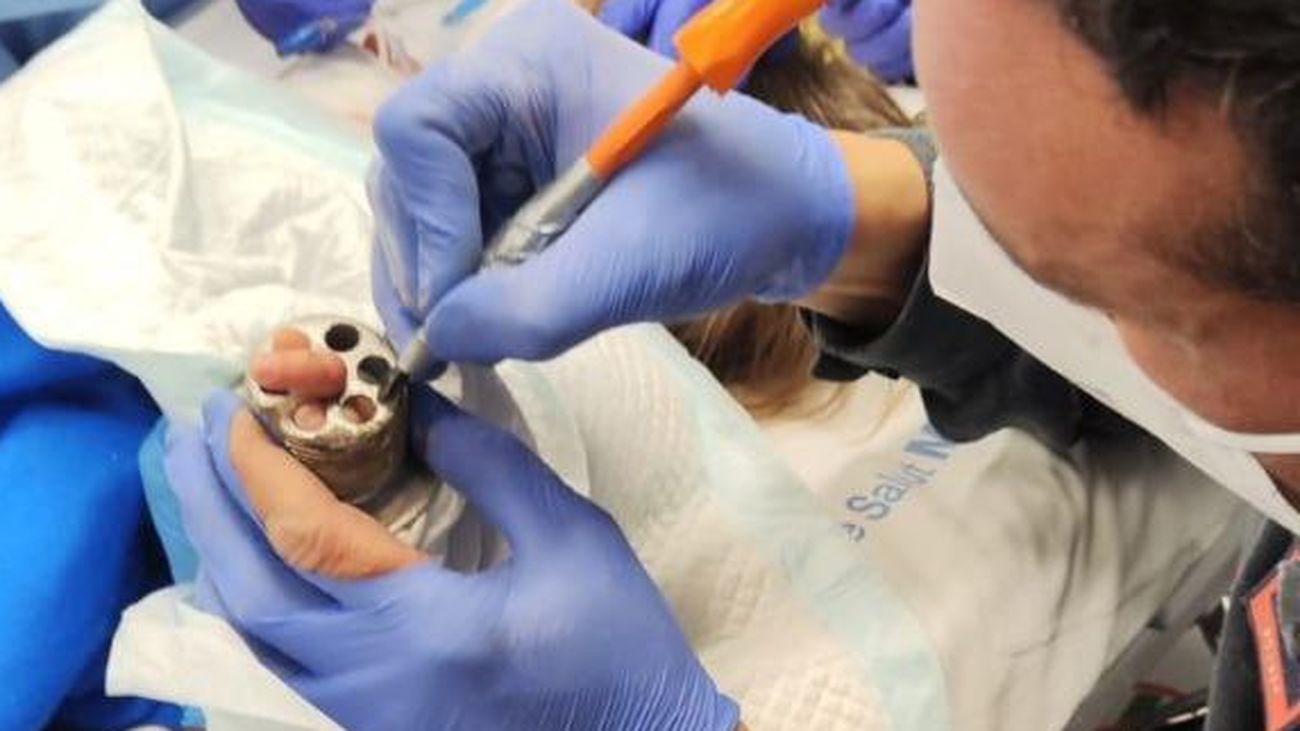Oysters to improve the quality of the water in the Mar Menor

Flat oyster on Barón Island, Mar Menor. Eve Galimany.
Filter bivalves are a natural solution to remove nutrients from eutrophicated waters
Coastal ecosystems are exposed to a wide range of environmental threats including, among others, the degradation of water quality due to excess nutrients, a process called eutrophication. This is the case of the Mar Menor (Murcia, Spain), the largest salt lagoon in Europe.
The Mar Menor has suffered from eutrophication for decades due to the accumulation of many nutrients in the water, which is aggravated by the lack of filter organisms in the ecosystem. These animals, like mussels and oysters, may actually be part of your salvation.
oysters to the rescue
The Mar Menor is such a eutrophic and unstable system that it needs multiple strategies to reduce nutrients in the water. One of these may be flat oyster bioremediation, an intervention that has been used successfully worldwide to restore water clarity and ecosystem quality.
In this sense, the RemediOS project is being carried out, of the Biodiversity Foundation through the Pleamar Program, of the Ministry for the Ecological Transition and the Demographic Challenge and co-financed by the European Maritime and Fisheries Fund (FEMP). Nature-based solutions like this bring stability and resilience, much needed for healthy seas.
The flat oyster
The flat oyster (Ostrea edulis) is a species of bivalve mollusc, filtering organisms that feed on the phytoplankton retained in their gills. Its ability to filter large amounts of water means that this species plays a key role in maintaining water quality and clarity.
In 1972 the first flat oysters were documented in the Mar Menor and in 1982 they were so abundant that the first professional oyster bank fishery was carried out, with 80 tons of catches. Although oyster harvesting was abandoned shortly thereafter, a 1985 count estimated the population at 100 million oysters and it stood at 135 million oysters in 1992.
The current population of oysters in the Mar Menor is unknown, although it is known to be a minority, losing with it one of its most important ecosystem services: its contribution to reducing eutrophication.
NORA, an alliance to restore oysters
The flat oyster has declined globally and it is estimated that 80% of the world's oyster populations have disappeared. For this reason, a few years ago, NORA (Native Oyster Restoration Alliance) was created, an alliance of experts in different fields of oyster biology and ecology with the aim of returning ecosystems the disappeared oyster populations through their restoration.
Oyster restoration is a nature-based solution to improve ecosystems with excess nutrients in the water (eutrophicated) by naturally filtering the transformed nutrients into a large mass of phytoplankton.
Flat oyster seeds collected in the Mar Menor. Marina Albentosa.
Bioremediation with bivalves
Different nature-based strategies include bioremediation or bioextraction of nutrients, which allows the extraction and removal of phytoplankton mass from eutrophic ecosystems. This process consists of farming bivalves, such as oysters, in aquaculture facilities in the sea. As oysters fatten, nutrients are removed from phytoplankton to become oyster tissue.
The oysters are then removed from the natural environment thereby removing nutrients that can be recycled when the oysters are consumed. This strategy was pioneered in Sweden, where mussel farming was proposed as a simple, flexible and cost-effective solution to eutrophication problems in a Swedish fjord in 2003. Mussel farming could extract up to 20% of the nitrogen in water, one of the main elements of life whose excess causes eutrophication.
Years later, in a fjord in Denmark, a large-scale mussel farm optimized for profitable nutrient removal was established. Sixty tons of mussels per hectare could remove between 0.6 and 0.9 tons of nitrogen per hectare per year. This study also revealed that mussel production for nutrient bioremediation strategies is a cost-effective measure compared to more expensive land-based measures.
In Germany it was also concluded that mussel farming can be a suitable support measure to improve water quality through bioremediation because it increases the transparency of the water.
Changing continents, in the United States aquaculture facilities with oysters were created in Chesapeake Bay, a eutrophic bay in the northeast of the country. This study concluded that to remove 1 ton of nitrogen from the water, 7.7 million farmed oysters 76 mm in length had to be harvested.
A little further north, an initiative was created to use bivalves as natural purifiers for the waters of Long Island Sound, a eutrophic bay in the northeastern United States. Under this premise, a raft was installed with a species of mussel from the area and It was estimated that, in 6 months, with a culture of 337,000 mussels, 62.6 kg of nitrogen could be extracted.
Bioextraction studies have had great social and media interest due to all their benefits. In addition to improving water quality, these nature-based solutions create habitat for other organisms, and promote job creation and the development of the blue economy.
This article has also been written by Ángel Hernández Contreras, Researcher, Spanish Institute of Oceanography (IEO - CSIC); Fiz da Costa, Senior Scientist of the Spanish Institute of Oceanography (IEO-CSIC), expert in Aquaculture, Spanish Institute of Oceanography (IEO - CSIC); Marina Albentosa, Research Professor at the Spanish Institute of Oceanography, Spanish Institute of Oceanography (IEO - CSIC); Sebastián Hernandis Caballero, Doctor in marine biology, Spanish Institute of Oceanography (IEO - CSIC); and has been published in 'The Conversation'.











